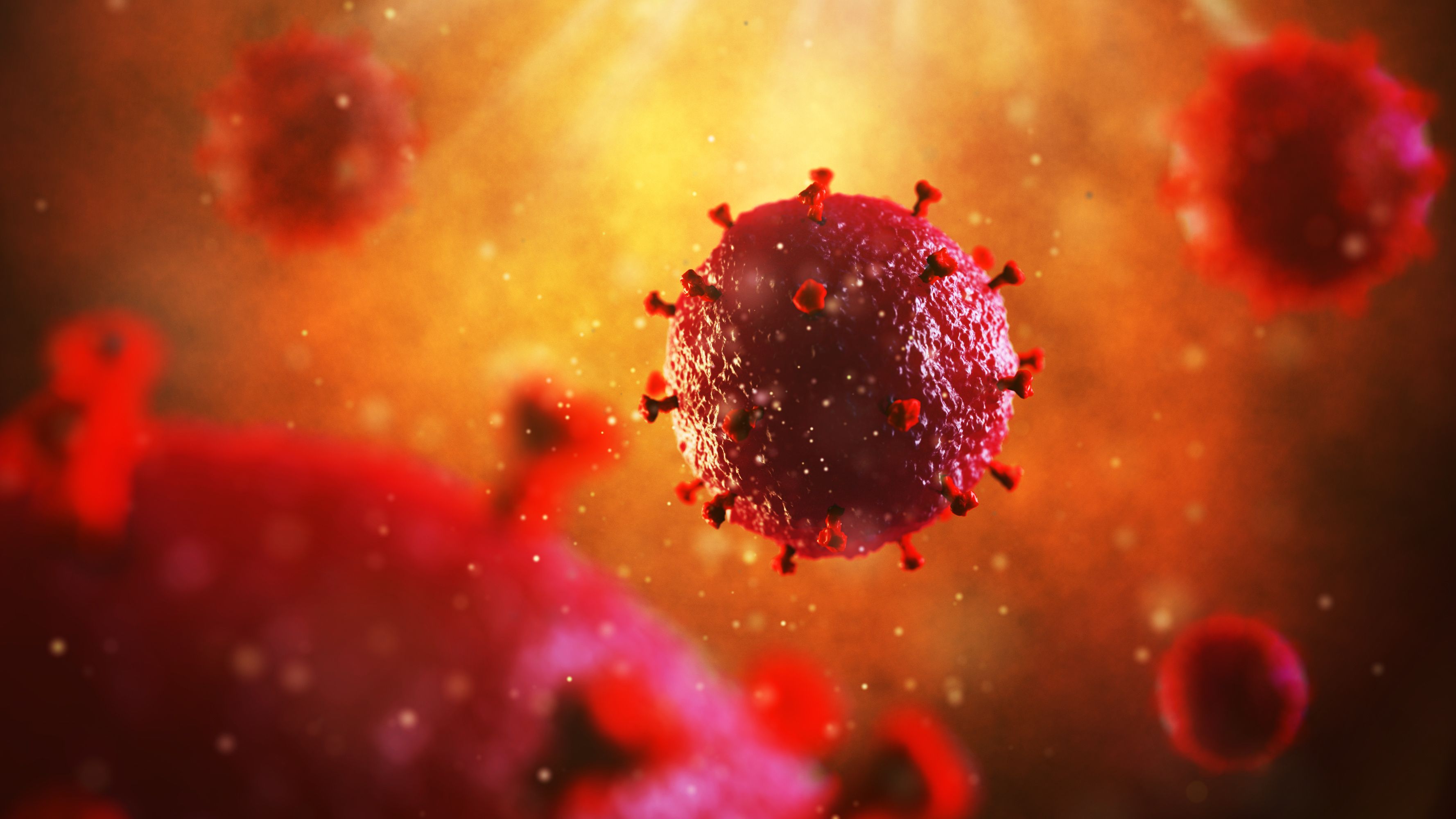News
Article
Lower Life Expectancy Projected for Youth With HIV
Author(s):
Youth without HIV had a longer life expectancy compared with youth with HIV when using a microsimulation modeling analysis.
A microsimulation modeling analysis that focused on adolescents found that youth with HIV had a lower life expectancy compared with youth without HIV living in the United States. According to the study published in JAMA Health Forum,1 sexual behavior and injection drug use were 2 factors that contributed to this difference.
There are approximately 45,900 individuals aged 13 to 24 years who are living with HIV in the United States, including those who acquired it prenatally (PHIV), which makes up approximately 15% of youth with HIV. Patients who acquire HIV at a young age can start treatment with anti-retroviral therapy (ART) to develop resistant variants. Those who acquire it nonperinatally (NPHIV) are less likely to be prescribed ART, as almost half of this demographic do not realize that they have HIV.2 Life expectancy for adults living with HIV has increased but it is unknown if this increase also affects youth. This study aimed to use a microsimulation model to project and compare the life expectancy between a patient with PHIV aged 18 years old, a youth with NPHIV, and a youth without HIV in the US.
HIV virus | Image credit: artegorov3@gmail - stock.adobe.com

The simulation used 3 cohorts that were matched by age, race, and ethnicity based on national data. The Adolescent Medicine Trials Network for HIV/AIDS Interventions (ATN), the International Maternal Pediatric Adolescent AIDS Clinical Trials (IMPAACT) Network, and published data were used to collect data on initial CD4 counts, treatment history, rates of infections and deaths, and adherence to ART from youth with PHIV or NPHIV. Both cohorts would experience mortality related to HIV and not related to HIV as part of the model.
Youth without HIV had a higher life expectancy compared with youth with PHIV (79.0 vs 68.0 years; 95% CI, 60.0-73.2); this was also found in youth with NPHIV (79.0 vs 61.5 years; 95% CI, 49.6-67.2). Life expectancy differed between male and female youth without HIV at 76.3 years and 81.7 years respectively. For male patients with PHIV and NPHIV respectively, the life expectancy dropped by 10.4 (95% CI, 5.5-18.1) and 15.0 (95% CI, 9.3-26.8) years. Female patients with PHIV and NPHIV had losses in life expectancy of 11.8 (95% CI, 6.4-20.2) and 19.5 (95% CI, 13.8-31.6) years respectively.
When compared with men who have sex (MSM) with men diagnosed with PHVI, men youth who had PHIV and were not MSM had a gain of 4.7 years for life expectancy. Men who were heterosexual who were at an increased risk of HIV had a projected loss of life expectancy of 0.9 years. Women who had PHIV and had an average risk of HIV had a life expectancy gain of 6.7 years when compared with women who had PHIV, were heterosexually active, and had increased risk of HIV infection.
When youth with PHIV had ideal care their life expectancy losses improved to only 0.5 years for male patients and 0.6 years for female patients compared with youth without HIV. However, patients with NPHIV still had significantly worse life expectancy compared with youth without HIV even in an ideal care scenario at 6.0 years for male patients and 10.4 years for female patients.
This study had some limitations. The participants in this study who reported not receiving care were still engaged in the ATN and IMPAACT studies, which could in turn underestimate the true number of patients that are not receiving care. Data regarding clinical events and mortality related to HIV were not stratified by sex. Differences in the history of treatment could have been affected by factors not discussed in this study. Mortality related to COVID-19 was not accounted for. Income was used as a proxy for when data for mortality not related to HIV.
The researchers concluded that youth with HIV had shorter projected life expectancy, both for PHIV and NPHIV, with those with NPHIV having the lowest life expectancy. The researchers recommended future research be focused on identifying interventions that could address the reasons for disparities in mortality due to sex and behaviors that increase the risk of the disease.
References
- Neilan AM, Ufio OL, Brenner IR, et al. Projected life expectancy for adolescents with HIV in the US. JAMA Health Forum. 2024;5(5):e240816. doi:10.1001/jamahealthforum.2024.0816
- HIV testing and youth. CDC. Updated March 26, 2024. Accessed May 13, 2024. https://www.cdc.gov/healthyyouth/youth_hiv/hiv-information-and-youth.htm





